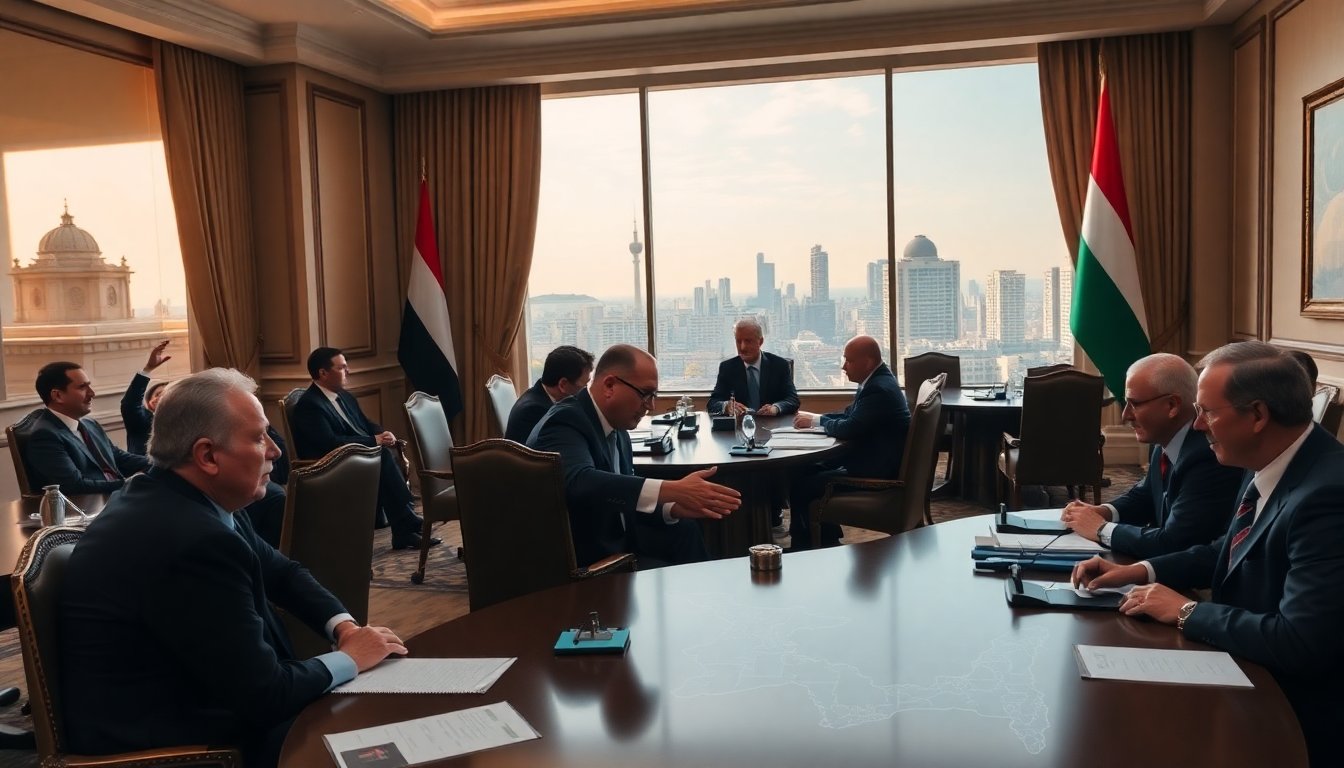Table of Contents
In a significant diplomatic effort, Israel and Hamas have convened in Egypt to engage in indirect discussions aimed at establishing a ceasefire in the ongoing conflict in the Gaza Strip. This initiative, backed by the United States, follows a prolonged period of stagnant negotiations, underscoring the urgent need for resolution amidst escalating violence.
The backdrop of these talks is marked by continued military actions. Israel has conducted airstrikes in the densely populated enclave, highlighting the complexities involved in achieving peace in the region.
Context of the ceasefire talks
The situation in Gaza has reached a critical juncture, prompting international calls for a ceasefire. The negotiations taking place in Egypt are not merely a formality; they represent a concerted effort to break the cycle of violence that has persisted for months. The U.S.-backed plan aims to establish a framework for peace that addresses the underlying issues fueling the conflict.
Historical tensions
The roots of the conflict between Israel and Hamas are deeply entrenched in a history of territorial disputes and political strife. Ongoing hostilities have resulted in significant casualties and humanitarian crises, particularly within the Gaza Strip. The dire situation has drawn the attention of global leaders, who advocate for a sustainable resolution to prevent further escalation.
Challenges in negotiation processes
Despite the hopeful nature of these talks, numerous obstacles could hinder progress. Each side has its own set of demands and grievances, making consensus difficult. Israel’s security concerns and Hamas’s calls for lifting the blockade present formidable challenges for negotiators.
Need for a comprehensive approach
To achieve lasting peace, negotiations must address not only the immediate ceasefire but also the broader political and social issues at play. This includes discussions on humanitarian aid, reconstruction efforts, and the future governance of Gaza. Failure to encompass these elements could result in a temporary lull in violence rather than a genuine resolution.
The international community is keenly observing these negotiations, with many expressing hope that a successful outcome could pave the way for a more stable environment in the region. The path to peace is fraught with difficulties, but the commencement of talks is a crucial step forward.
Prospects for peace
As discussions continue, there remains a glimmer of hope that a ceasefire can be established. The involvement of Egypt, a key regional player, adds diplomatic pressure that may facilitate progress. However, the reality on the ground, characterized by ongoing Israeli strikes, complicates the atmosphere for negotiations.
While the ceasefire talks in Egypt represent a pivotal moment in the quest for peace in Gaza, the journey ahead is uncertain. With both parties entrenched in their positions, achieving a sustainable ceasefire will require significant concessions and a commitment to addressing the underlying issues that have fueled the conflict for far too long.


